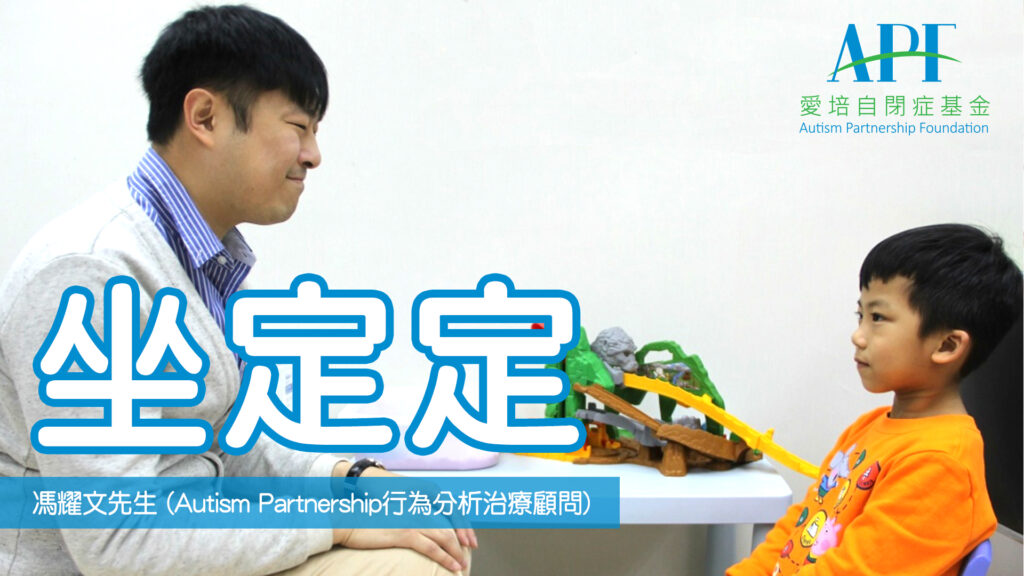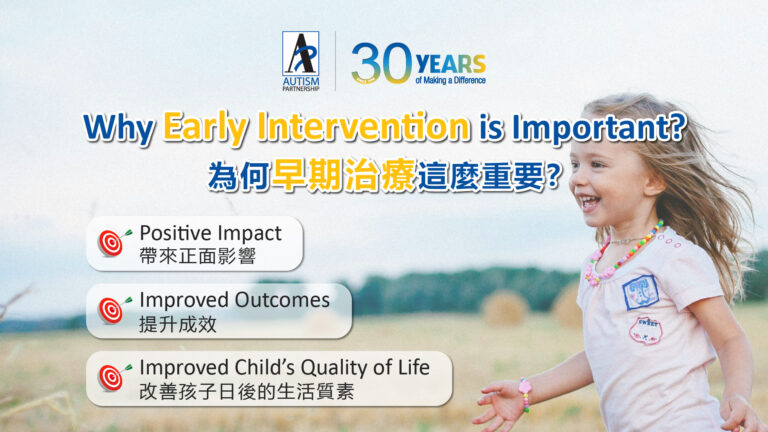
Teaching ASD children learning how to learn behaviour aims to develop a good learning attitude so that they can learn skills more effectively.
There are many specific behavioral goals under the “learning how to learn” heading. Some therapists recommend that you first teach compliance. Some parents may prefer to work on eye contact first. Some teachers think the most important thing is to teach children to keep nice hands, not grab things and not push others.
I advocate that the children should first experience the benefits from sitting to enjoy the fun of sitting. Because this behavior is easier to control, it is easier for the children to learn, and after learning it, this can greatly help manage other “learning how to learn” behaviors.
There are two teaching methods: direct and indirect.


This method not only helps children learn to sit nicely, but also enhances the relationship between children and teachers or parents by playing with toys together. When children get used to and experience the benefits of sitting, toys are no longer needed to encourage them to sit nicely.
Chinese Version:Oh!爸媽 – 坐定定
Information provided by Raymond Fung
 |
Raymond Fung Behavioral Consultant, M.S. ABA, BCBA Raymond is a Board Certified Behavior Analyst (BCBA) with a Master of Science in Applied Behavior Analysis from St. Cloud State University, and currently pursuing his doctoral degree at the University of Bristol in education. Raymond is the conference chair of Hong Kong Association for Behaivor Analysis (HKABA), the member of Association for Behaivor Analysis International (ABAI) and the part-time lecturer of a master program of ASD in the Open University of Hong Kong. For over 18 years, Raymond has been teaching individuals with ASD of different ages and functioning levels in 1 on 1, group and school settings at Autism Partnership under the on-going training from Dr. Ron Leaf and his associates. Since 2004, he has been specializing in professional training for therapists, supervisors, schoolteachers, and parents internationally. He consults in China, Singapore, Japan, Malaysia, Philippines, Korea, South Africa, and Russia. Currently, he is the behavioral consultant of AP Hong Kong, the clinical director of AP Philippines, and the voluntary consultant of AP Foundation. In 2014-15, Raymond developed 6 mobile applications for individuals with ASD. Raymond has been actively promoting autism awareness and effective treatment by conducting workshops, writing articles for his 2 columns, and hosting a radio program. |

Every little life is a special present for a family. From the time a baby is born, parents journey through lots of highs and lows, wishing for their child to grow up with a big smile, make great friends, find their own way in a job they love, and create a happy family. However, for […]

Parenthood is a journey filled with unexpected twists and turns, challenges, and moments of profound joy. For Adam’s father, the discovery that his son, Adam, was on the autism spectrum marked the beginning of a unique chapter in their lives. This is the story of a father’s realization, acceptance, and the unconditional love and strength […]

Autism Spectrum disorder can be diagnosed as early as 18 months. Research shows strong evidence on how effective Applied Behavior Analysis (ABA) can help children with Autism. It helps to deal with children’s challenging behaviors such as inattention, aggression, self-stimulation, etc. Howard, et al (2005) conducted a study to compare the effectiveness of 3 treatment […]
Please share to let more people learn about ASD and ABA therapy:
AP holds the belief that with quality Autism Partnership Method (APM) treatment, individuals with autism should reach their fullest potential and achieve the greatest degree of independence and highest quality of life possible.

Sign up now to get ABA and Autism related news delivered to your inbox. Enter your email to get started
Hong Kong Center
Kowloon Center

All information received will always remain confidential. We will contact you as soon as we review your message. Thanks